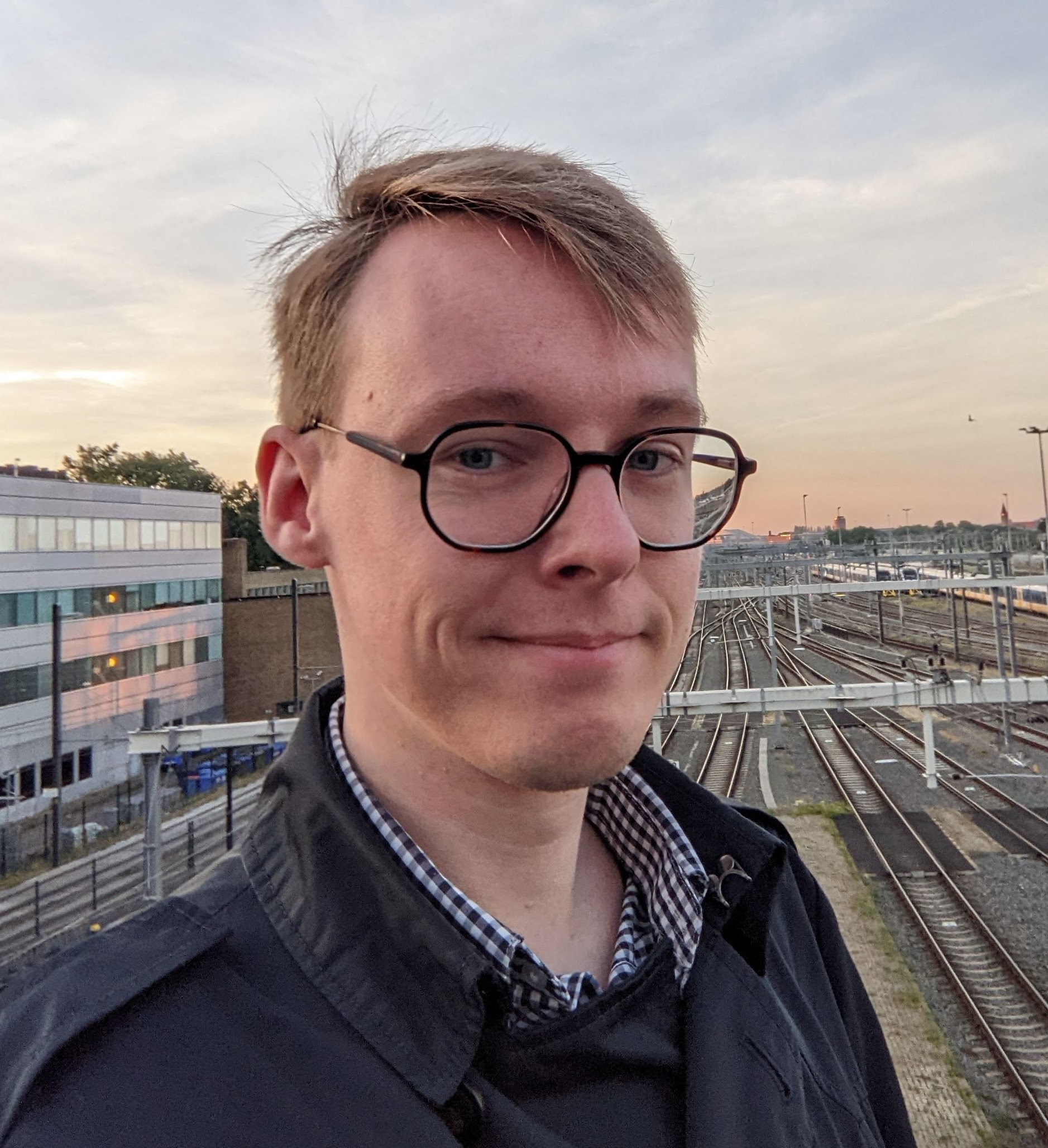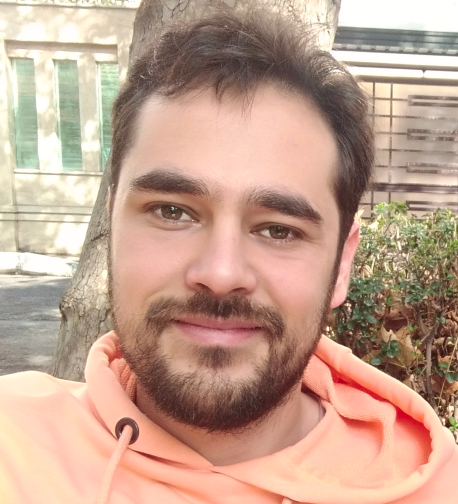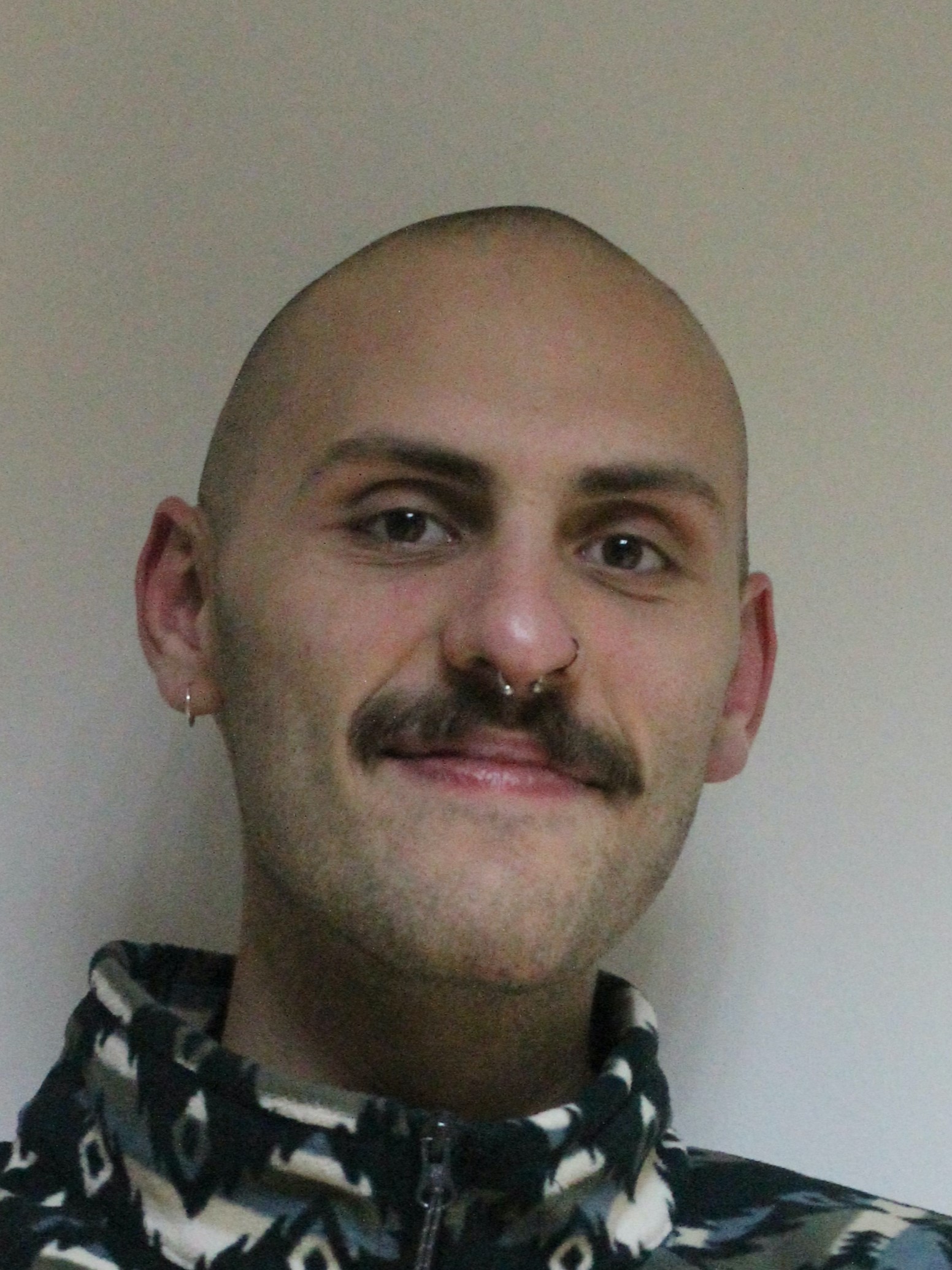
Researcher Profile Joost de Graaf
Currently, I am an associate professor at the Insitute for Theoretical Physics of Utrecht University. Here, I lead a small group that considers complex fluids and the effect of such heterogeneous environments on the behavior of colloidal active matter. We also consider various biophysical systems, including tissues and bacterial biofilms/colonies, using analytic theory and numerical methods, such as lattice Boltzmann, finite-elements, and spectral solvers.
I was previously employed as a Marie Skłodowska-Curie fellow in the group of Prof. Dr. Davide Marenduzzo at the University of Edinburgh. There, I worked on understanding the mechanism of self-propulsion of chemically propelled swimmers. At that time, I also worked with Prof. Dr. Wilson Poon on the behavior of colloidal gels when incorporating hydrodynamic interactions. I have fond memories of the Edinburgh environment, which is scientifically exceptional.
Prior to that, I was a group leader and NWO Rubicon postdoctoral researcher in the Institute for Computational Physics lead by Prof. Dr. Christian Holm at the University of Stuttgart. There, my students and I developed lattice-Boltzmann methods for simulating active, self-propelled particles and electrokinetic phenomena; making the first connection with WaLBerla. Sadly, I cannot in good faith endorse this research institute on account of its leadership.
I started my research career at Utrecht University, where I obtained my PhD in the group of Prof. Dr. M. Dijkstra. My PhD Thesis touched upon predicting crystal structures for faceted and shape-anisotropic particles, the adsorption of such particles to liquid-liquid interfaces, electrostatic screening of Janus particles, and the self-assembly of octapod-shaped nanocrystals. My earliest research was performed under the supervision of Prof. Dr. R. van Roij, with whom I investigated the charging of oil-in-water droplets and the isotropic-nematic phase transition of liquid crystals in an external dipolar field. Like Edinburgh, Utrecht offers a unique and high-quality research environment for soft-matter and colloid science.
For full details, please refer to my CV.




